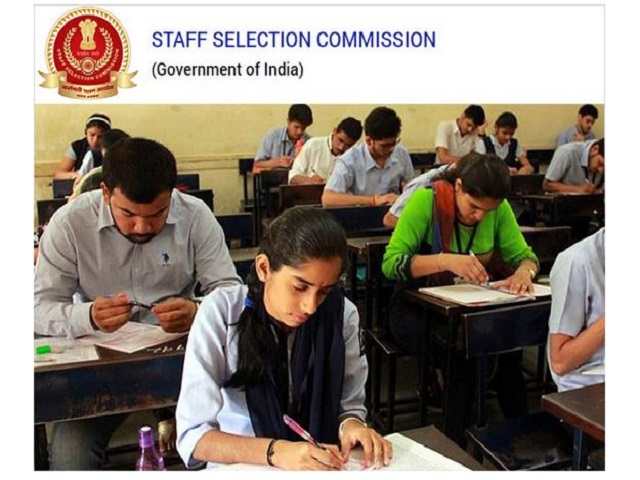India’s cultural diversity is a treasure trove of traditions; among them, national dances are prominent. While many may associate dance with just cultural enrichment, Staff Selection Commission candidates can gain a competitive edge by familiarising themselves with the national dance of India. Explore how being aware of the country’s national dance can assist SSC candidates in answering questions effectively during the exam.
Enhancing Cultural Knowledge
One of the primary reasons SSC candidates should be knowledgeable about national dance is the broader understanding it provides of the country’s cultural heritage. SSC exams often include questions related to Indian culture, art, and traditions. By knowing about the various national dances, such as Bharatanatyam, Kathak, or Odissi, candidates can respond to these questions with confidence.
Understanding each dance form’s historical significance, regional variations, and distinct characteristics equips candidates with a strong foundation in Indian culture. This knowledge can be invaluable in tackling questions related to the diverse and multifaceted nature of Indian heritage.
Contextualising Historical Events
Many SSC exams include questions that require candidates to contextualise historical events. Being aware of this cultural niche aspect can aid candidates in this regard. These dance forms often have roots in ancient history and mythology and are closely intertwined with significant historical events and periods.
For example, knowing that Bharatanatyam has its origins in Tamil Nadu and was traditionally performed in temples can help candidates contextualise the cultural history of the region. Such contextual understanding can be instrumental in answering questions that require historical analysis and interpretation.
Clarifying Geographical and Regional Aspects
The national dance of India is not confined to a single region but is spread across the country. Each dance form is closely associated with specific regions and communities. SSC candidates who are aware of these geographical and regional aspects can better respond to questions related to India’s diverse geography and regional influences.
For instance, Kathak has its roots in North India, while Odissi hails from the eastern state of Odisha. Understanding these geographical connections can be advantageous when answering questions about regional cultures and their impact on the nation’s identity.
Interpreting Symbolism and Themes
These dances often incorporate rich symbolism and thematic elements. SSC exams may include questions that require candidates to interpret symbols, themes, or symbolic representations. Knowledge of national dances equips candidates with the ability to decipher and analyze these aspects effectively.
For example, in Bharatanatyam, specific hand gestures (mudras) are used to convey various meanings and stories. Candidates who are familiar with these mudras can decode their symbolism and apply this knowledge when responding to questions about symbolism in Indian art forms.
Enriching Responses in Interviews and Assessments
Beyond the written examination, SSC candidates often face interviews and personality assessments. Demonstrating a well-rounded awareness of these dances can set candidates apart in these interactions. Interview panels may ask questions related to culture, traditions, or the role of art in society.
Candidates who can discuss national dances’ cultural and historical significance or share insights about the diversity of Indian dance forms exhibit a broader perspective and cultural sensitivity. This can leave quite a positive impression and enhance their performance in interviews and personality assessments.
Conclusion
In conclusion, SSC candidates can significantly benefit from being aware of the national dance of India, even if they do not possess dancing skills. This knowledge enhances cultural understanding, aids in contextualising historical events, clarifies geographical and regional aspects, facilitates the interpretation of symbolism and themes, and enriches responses in interviews and personality assessments. By incorporating this awareness into their preparation, candidates can increase their chances of answering questions more effectively and excelling in SSC examinations.
